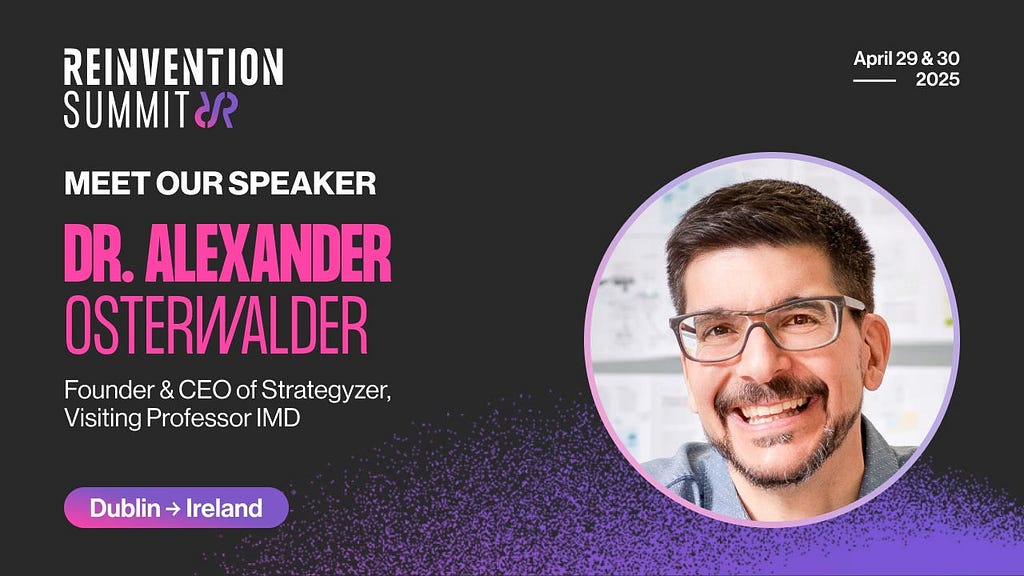“Your older son is your intellect. He says, oh, don’t do this, don’t do that. He’s trying to reconcile make sense of a prosaic and material world. The younger son being the wild feral entity that he is wants to go out in the world and find out what it’s all about. So in his recklessness and sense of adventure, he finds that he can’t escape himself. So he has to return to himself. And at which point he has to accept who he is. The intellect is left out the equation pretty much as the older brother, because he can’t understand the significance of the journey of the wasteful brother.” — Guy Ritchie on Joe Rogan
In a conversation with Joe Rogan, filmmaker Guy Ritchie offers an intriguing interpretation of the biblical parable of the Prodigal Son. For Ritchie, the story is not merely about forgiveness or moral lessons; it represents the internal battle between the material and spiritual selves, symbolising the balance between discipline and freedom. The two sons represent different facets of human nature, both necessary for growth, but often at odds with one another.
Ritchie’s unique take on the story can be applied to the world of organisations, where two similar forces — exploitation and exploration — are constantly in tension. Much like the Roman god Janus, who looks both to the past and the future, organisations must simultaneously focus on exploiting current resources and exploring new opportunities.
At the heart of organisational success lies the tension between these two forces, both/and thinking as Wendy Smith and Marianne Lewis describe it or ambidexterity as Michael Tushman and Charles O’Reilly call it.
The late James March, a pioneer in organisational theory, framed this tension as a fundamental challenge for organisations. “The basic problem confronting an organisation is to engage in sufficient exploitation to ensure its current viability and, at the same time, to devote enough energy to exploration to ensure its future viability.” This insight provides the foundation for understanding how Ritchie’s interpretation relates to organisational dualities. It highlights the need to balance exploitation and exploration for success.
Exploitation and Exploration: The Two Sons

“All the efficiency in the world has no value if it remains static in a volatile world”― Stan McChrystal
Ritchie positions the older son as an embodiment of the intellect, driven by a desire to manage, control, and rationalise the material world. He says, “Oh, don’t do this, don’t do that,” attempting to reconcile and make sense of the world through discipline and order. The younger son, by contrast, is a wild, feral entity driven by curiosity and the need to venture out, make mistakes, and learn through direct experience. His return home represents a journey of self-acceptance, where he realises that adventure alone cannot bring fulfilment.
This dynamic is deeply relevant to organisations. The older son represents the forces of exploitation — diligent, responsible, and committed to optimising what is already known. In an organisation, exploitation focuses on operational efficiency, process improvement, and incremental innovation. The younger son represents exploration — impulsive, experimental, and willing to take risks in pursuit of new knowledge and innovation. These are the dual forces that drive both stability and growth within organisations.
As James March described in his seminal work, exploitation involves “refinement, choice, production, efficiency, selection, implementation, and execution.” It’s about leveraging existing competencies to maintain operational success. In contrast, exploration involves “search, variation, risk-taking, experimentation, play, flexibility, discovery, and innovation” — the pursuit of new possibilities that ensure future viability. The challenge is not choosing one over the other but finding the right balance.
The Role of Leadership: The Father (or Mother) as Mediator

“The test of a first-rate intelligence is the ability to hold two opposing ideas in mind at the same time and still retain the ability to function.” — F. Scott Fitzgerald
In Ritchie’s interpretation, the father in the parable represents the self — or in an organisational context, leadership. The father recognises the value of both sons and accepts them for who they are, much like how leaders in organisations must embrace both exploitation and exploration. Leadership is about navigating the tension between the two.
March highlights that “Adaptive systems that engage in exploration to the exclusion of exploitation are likely to suffer the costs of experimentation without gaining its benefits. Conversely, systems that engage in exploitation to the exclusion of exploration are likely to find themselves trapped in suboptimal stable equilibria.” The greatest challenge for leaders is maintaining a delicate balance — ensuring short-term viability through exploitation while cultivating long-term growth through exploration.
The great Peter Drucker’s insights into General Motors (GM) in “The Concept of the Corporation” offer a real-world example of this balance. Under Alfred P. Sloan, GM thrived because it decentralised decision-making, allowing each division to engage in localised exploitation while still aligning with the corporation’s overall exploratory strategies.
However, Drucker also warned that companies overly focused on exploitation risk becoming stagnant and unable to adapt to change. GM’s later difficulties during the rise of global competition were a result of its failure to embrace new explorative ventures early enough. Drucker’s work illustrates how both exploitation and exploration are essential for long-term organisational health.
This tension between short-term operational success and long-term renewal is echoed in Albert Rothenberg’s Janusian thinking, which proposes that creativity and innovation thrive when individuals or organisations can hold two contradictory ideas in mind at the same time. The challenge for leadership is to manage these paradoxes without falling into the trap of overemphasising one at the expense of the other.
Janusian Thinking in Action

The Roman god Janus is often used as a symbol of ambidexterity in organisations because of his ability to look both backward and forward simultaneously. Organisations must operate with a similar duality, engaging in both exploitation (looking back at what they do well) and exploration (looking forward at what they must innovate).
Janusian thinking, as discussed in the context of creativity and leadership, involves embracing contradictions. An organisation that succeeds in ambidexterity, as coined by Michael Tushman and Charles O’Reilly, is one that can thrive by holding these two perspectives — ensuring the present remains efficient and profitable while boldly stepping into unknown territories for future growth.
According to Wendy K. Smith and Marianne Lewis, who have explored the concept of “Both/And” thinking, the ability to hold opposing ideas at the same time is crucial to unlocking creative potential and driving innovation in organisations. This is much like the father in the Prodigal Son parable, who doesn’t choose one son over the other but embraces both for the strengths they bring to the family.
Lessons for Organisations: Managing the Two Faces of Innovation

When viewed through an organisational lens, the Prodigal Son parable offers several lessons for managing exploitation and exploration:
Embrace Both Faces of Innovation: Organisations must recognise the importance of both exploitation and exploration. This may involve creating separate teams dedicated to each function or fostering a culture that supports both incremental and radical innovation. Drucker warned that organisations overly focused on efficiency (exploitation) risk obsolescence. Conversely, organisations that prioritise innovation without a stable foundation risk squandering their resources.
Facilitate Communication and Understanding: Cross-functional collaboration is key to bridging the gap between those focused on current operations and those driving future innovation. Encouraging dialogue, knowledge sharing, and promoting collaboration between these two worlds can help organisations thrive in both areas. Drucker’s decentralisation model at GM was one way of balancing these competing needs by allowing individual divisions to operate both independently and in alignment with corporate goals.
Learn from Failure: Just as the younger son’s journey brings new experiences and insights to the family, organisations need to embrace failure as part of exploration. Failure, particularly in the context of innovation, should not be stigmatised but reframed as a valuable learning opportunity. Drucker often pointed out that organisations that penalise failure discourage risk-taking, which stifles innovation.
The Prodigal Paradox: The Emotional Costs of Innovation
Despite the wisdom of maintaining balance, the reality is that tensions will always exist between those who embody the steady, responsible work of exploitation and those who push the boundaries of exploration. As the Prodigal Son parable shows, the loyal older son is often resentful of the prodigal’s recklessness. Similarly, within organisations, those working to maintain efficiency can feel undermined by innovation teams who seem to squander resources in pursuit of risky ventures.
To understand the Explore/Exploit Continuum, check out the brilliant episode we recorded with Alexander Osterwalder our forthcoming guest at The Reinvention Summit in April 2025.

https://medium.com/media/2d305c1769801c5793cdcffa3d6bec2e/href
Also Tushman and O’Reilly
https://medium.com/media/4eb21d3293a4b4908bfb67ddf7b72e4f/href
Wendy Smith
https://medium.com/media/8e76e4d088ed83942c35cc7a2bc17b8b/href
and The Tensions of Exploit and Explore with Kristin Von Donop and Tammy Watchorn
https://medium.com/media/ecd182ee51ceb53a83325fc1125e1fdf/hrefhttps://medium.com/media/19fe74321d021c3c67265c6ec3e33de1/href
The Prodigal Paradox of Innovation: Balancing Exploration and Exploitation was originally published in The Thursday Thought on Medium, where people are continuing the conversation by highlighting and responding to this story.